The Technical Secretariat is the guiding body that is developing the PEF Category Rules (PEFCR) for the apparel & footwear industry. It is made up of representatives of various stakeholders including brands (about 50% of the European market) from the fibre and textile sectors, NGOs, scientific experts, and governments to ensure different considerations in the decision-making process.
Active since December 2019, the Technical Secretariat has been developing robust, science-based calculation rules that detail the PEF methodology for
13 apparel & footwear product subcategories.


The group is observed by the European Commission and the European Environmental Bureau (EEB)

The PEFCR is open to two public consultations

The PEFCR undergoes several expert reviews before being submitted

Decisions are mainly taken by consensus, and voting sessions are organised when necessary

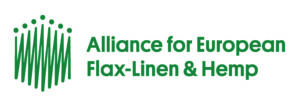




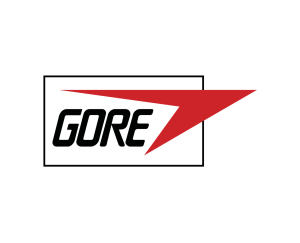


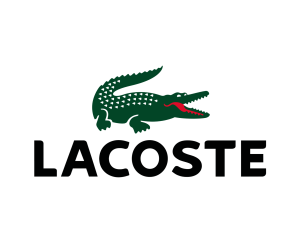


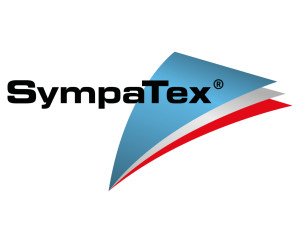

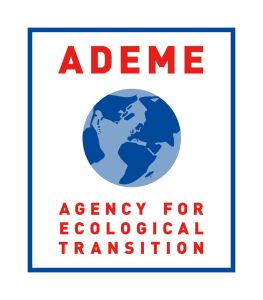
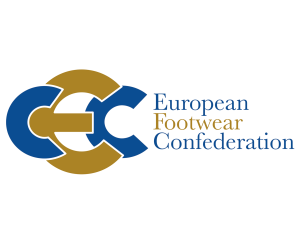
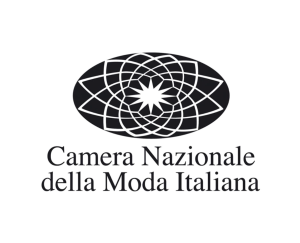

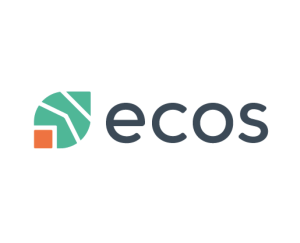
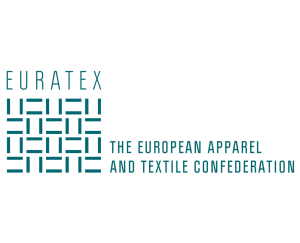
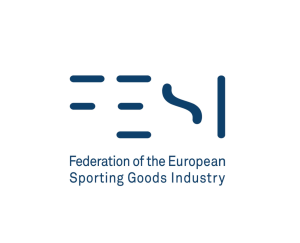

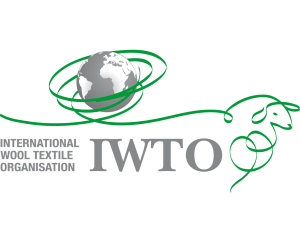

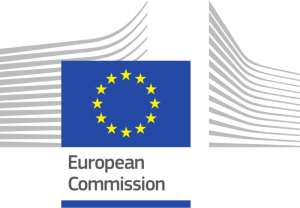
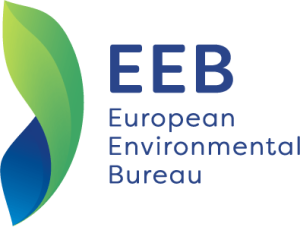
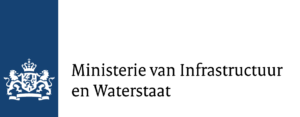



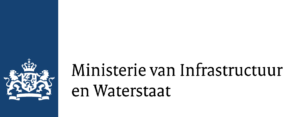

The apparel & footwear project is selected by the European Commission and the Technical Secretariat is established
Technical Secretariat kick-off


1st public consultation: 996 comments were integrated and/or answered
Testing phase of the PEFCR on real products by companies


2nd public consultation
The Technical Advisory Board (TAB) and the EU sub-group (EU Member States) give recommendations to the European Commission on the apparel & footwear PEFCR


The European Commission adopts the apparel & footwear PEFCR, which can be used for future legislation. Brands and the industry would have to use this common framework to assess the environmental footprint of their products

The apparel & footwear project is selected by the European Commission and the Technical Secretariat is established

Technical Secretariat kick-off

Technical Secretariat kick-off

Technical Secretariat kick-off

2nd public consultation

The Technical Advisory Board (TAB) and the EU sub-group (EU Member States) give recommendations to the European Commission on the apparel & footwear PEFCR

The European Commission adopts the apparel & footwear PEFCR, which can be used for future legislation. Brands and the industry would have to use this common framework to assess the environmental footprint of their products



Stakeholders, brands, suppliers, civil society, policymakers, and institutions are invited to read and/or comment on the PEFCR to ensure the credibility and transparency of the process. Answers are provided for each comment, and the PEFCR is amended as required.

Participate in the public consultation. You can also reach out to us directly for any further questions.
Explain what is behind the apparel & footwear PEFCR methodology and the added value for the industry.
Make more informed purchasing decisions and continue to encourage more transparency towards the brands.
